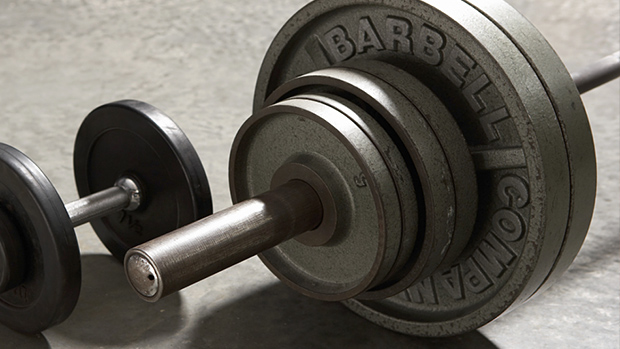Rep Ranges Based on Equipment
Certain rep ranges have always been associated with particular goals, like hypertrophy, strength, and endurance. But have you ever viewed rep ranges based on the type of equipment you use?
Choosing rep ranges in this manner can better organize your training for optimal progression. Here's how:
The Barbell: 1-10 reps
The king of all equipment, the barbell is the most technical, creates the most demand on the body, and provides the largest stressors. For these reasons, the bar is best used for ten reps or less.
Higher reps on the barbell can produce excessive stress on the body that you may not be able to fully recover from. As with higher reps, fatigue during the movement increases and concentration can decrease. This is a bad combination for technically-demanding barbell movements. Practicing and learning bad movements leads to poor performance and potential injury.
The Dumbbell: 10-15 reps
The dumbbell is a smaller stressor compared to the barbell, so you can get away with training higher hypertrophy rep ranges without destroying the body.
Also, it's been my experience that using extremely heavy dumbbells for low reps can cause a lot more nagging injuries. This is because, unlike the barbell, you don't have a secure rack to remove the dumbbell from and get it into position. Trying to throw yourself back onto a bench with a couple of 120 pound dumbbells in your hands can sometimes lead to a disastrous accident.
Lastly, if you're trying to work on your strength, the dumbbell (pound for pound) will always be a sub-maximal weight compared to its counterpart barbell movement.
The Machine: 15-plus reps
Since machines are more fixed, you're less likely to use bad form as you fatigue with higher reps.
These are great general rules of thumb to help you better organize your training to keep the progress going. Always use logic and ask yourself, "What am I trying to accomplish?" Then base your exercise selection off of that answer.




